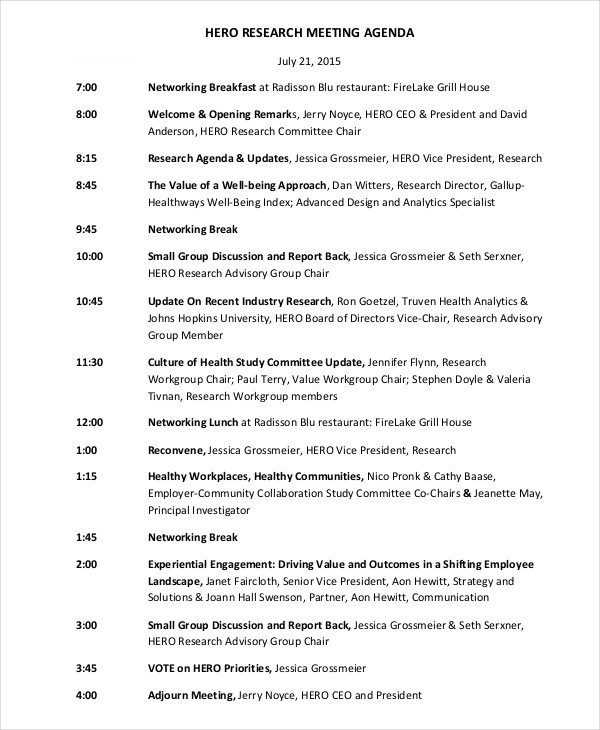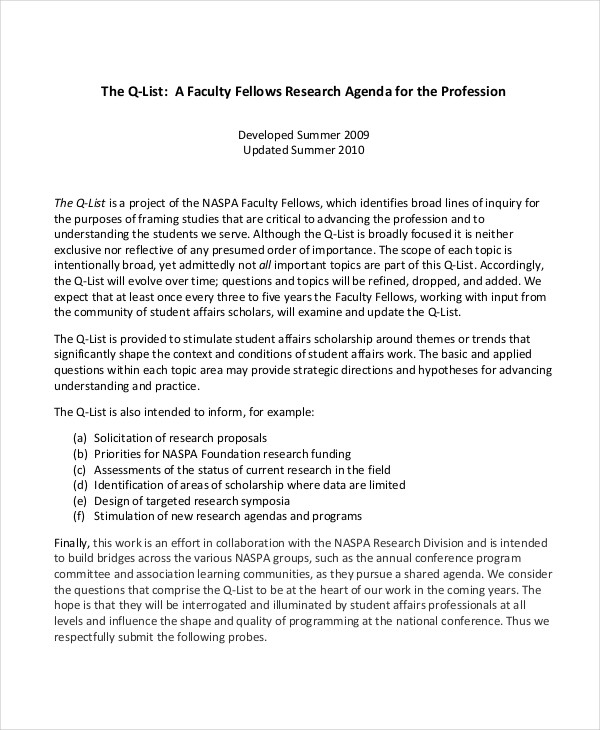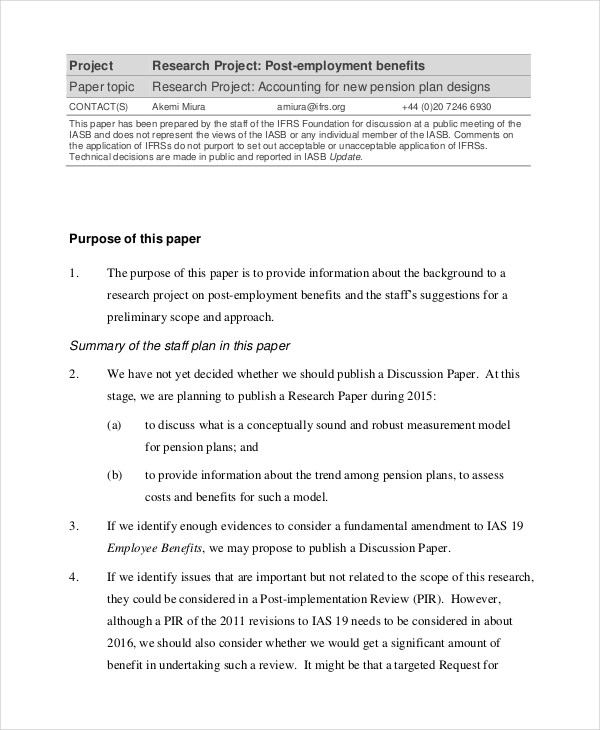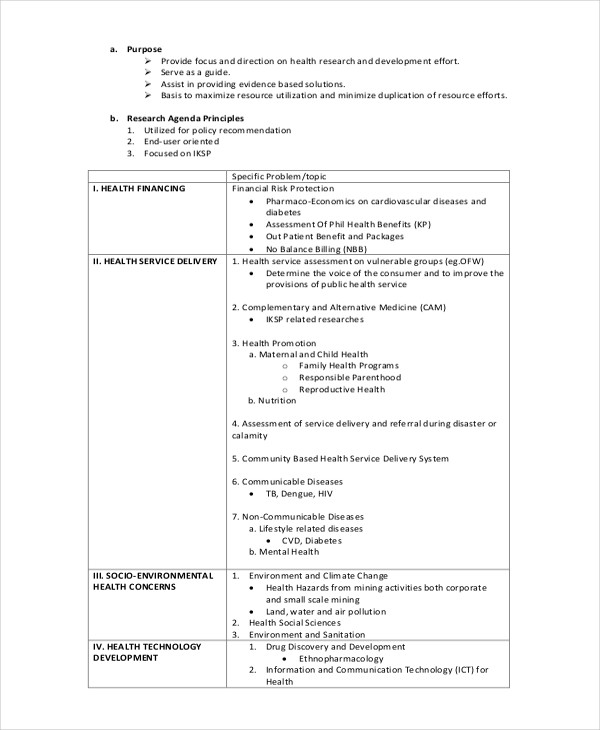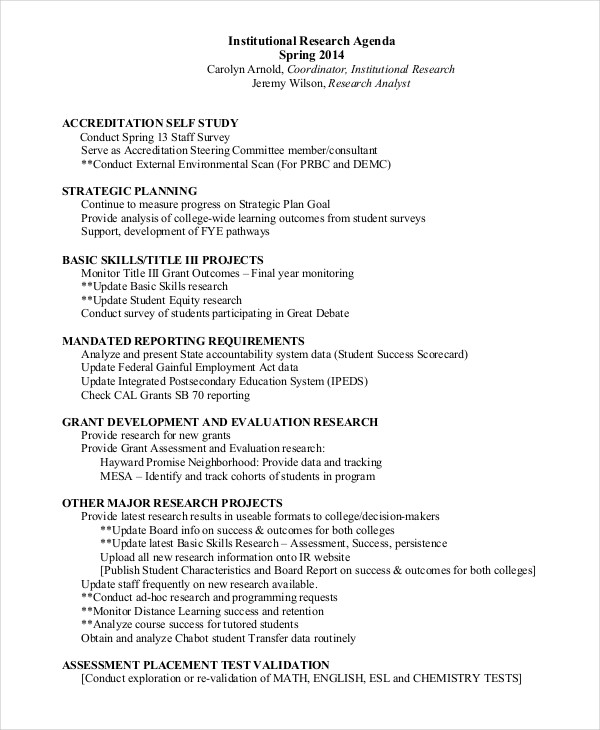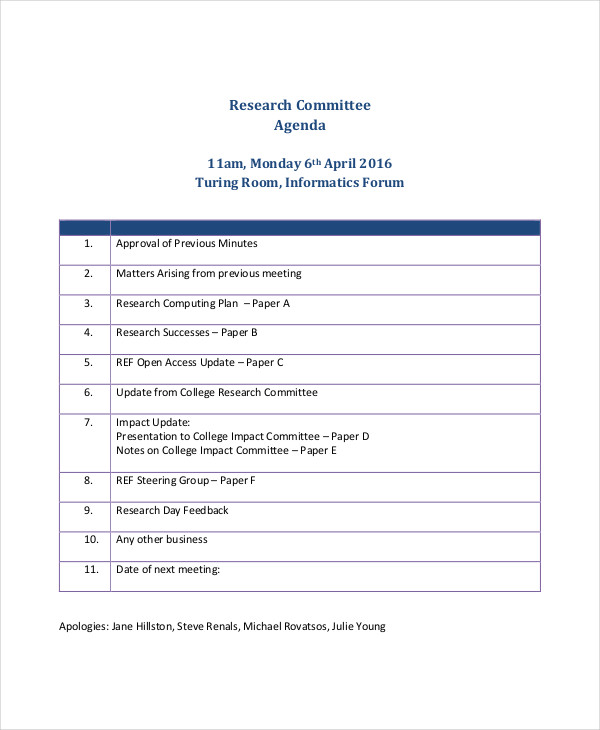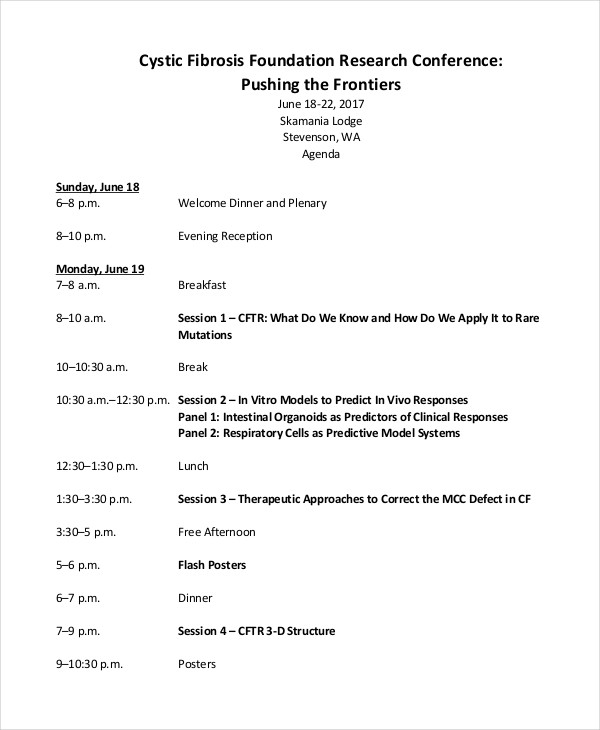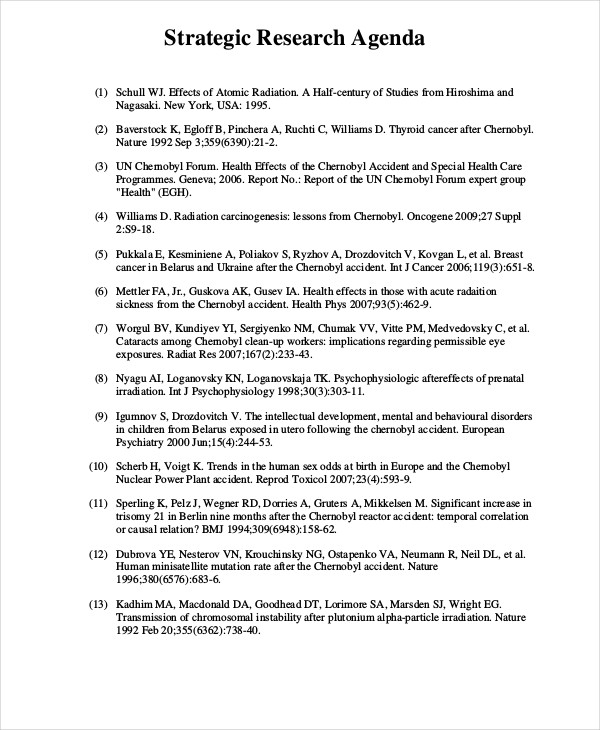8+ Research Agenda Examples to Download
Learning to prepare an agenda has made a difference on the performance of business entities and other organizations. From then on, different organizations have conducted effective meetings, which means that creating agendas make organizations more effective in their undertakings and plans. Using agendas in research would most probably have the same effect.
Since effective meeting agenda has proved its worth, a research agenda has done its job too. It may not be that known to many people, but research agendas made researchers focus on both their short-term and long-term goals. To see how a research agendas appear, look at our samples down below.
Research Agenda Template
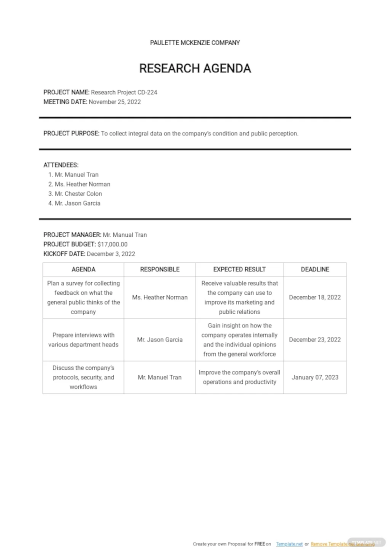
Research Meeting Agenda
Faculty Research Sample Agenda
Research Project Agenda
Health Research Agenda Example
What Is a Research Agenda?
You may have been confused what a research idea is. To have a better understanding of the agenda examples you have seen, let’s get to know what a research agenda is.
A research agenda is a plan that focuses on the ideas and issues that your research is delving into. For a student, it’s impossible to study everything in your field all at once. The same goes for professionals, such as doctors or physicists. A research agenda is like a road-map that guides researchers in their journey to looking for developments and attaining knowledge about a specific study.
How to Do You Establish a Research Agenda?
Research can be a rewarding aspect for a professional or a person’s career life. Just like business meeting agendas, a research agenda should first know what topic to cover. It is important that a research, before implemented, should already be thought through. Making it effective is not about how good you write it but how sufficient the content is, which means that the topic should be distinct from others. After determining the topic, one should go about how to build the research’s scope, depth, and the dissemination process. Setting goals and updating it timely is needed.
Institutional Research Agenda
Research Committee Agenda
Research Conference Sample Agenda
Strategic Research Agenda
Developing a Joint Research Agenda
There are researches that require more that one person or one team. With respect to that, researches are made jointly. Developing a joint research agenda is not far from a printable agenda. The difference is the scale of people working for it, the objectives of the research that have shifted from short-term to long-term, and the dissemination of the tasks that each team has to complete. Unlike most agenda examples, a joint research agenda needs more time and more people for the research to be implemented.
Guidelines for Creating a Research Agenda
Expert researchers may have come up with different ways to create their own research agenda. But there are points that every researcher considers when making their research agenda. These are:
- Researchers should focus their research on end-user’s problems.
- Rather than working their way to the end, most researchers work backwards.
- Researchers determine the possible risks associated with the research undertaken and make updates to see opportunities to review and redirect research statement if needed.
- Researchers should also take into account the costs and benefits of the whole research report, and the research agenda should also cover these expenditures.



